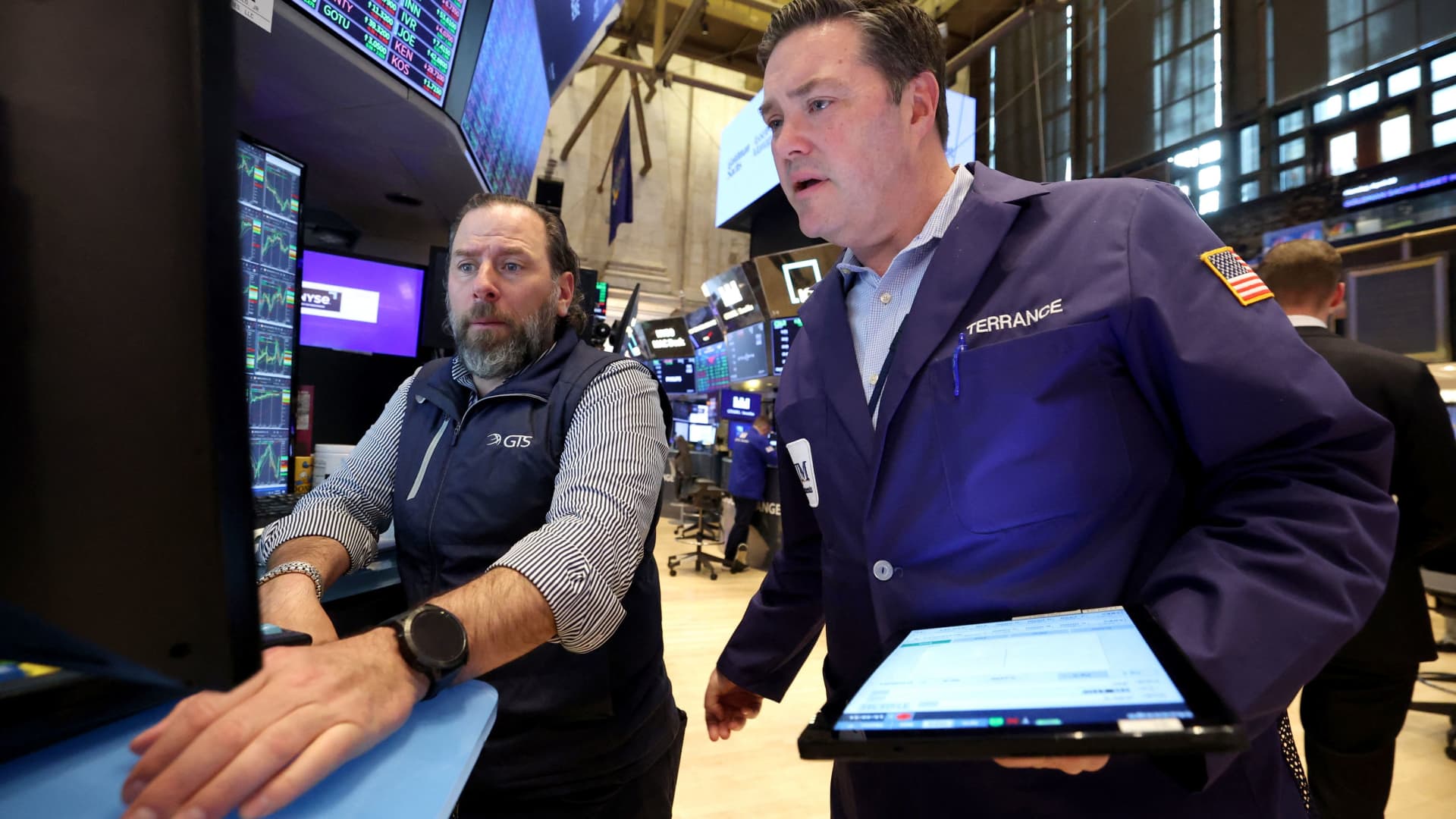Most investors, particularly when they first start investing, are primarily concerned with capital appreciation. Parents saving for a child’s college education will only withdraw from those savings once their child begins attending. Saving for a down payment on a house is similar — money is set aside, hopefully appreciates until a suitable home is identified, and the funds are withdrawn. Ultimately, many investors seek to construct a portfolio sufficient to sustain routine distributions to support themselves in retirement and, if they’re lucky, to create a legacy for subsequent generations. Managing assets for routine distributions emphasizes an area less critical for long-term investors only seeking capital appreciation with indefinite holding periods: income. The income generation component is essential because otherwise, routine distributions would be supported by regularly selling off a portion of the assets. Think of this as the difference between growing and selling crops yearly to meet one’s economic needs versus selling off some of the acreage each year. A century ago, dividend yields for publicly traded companies taken together were typically higher than today’s. A retrospective construction of the S & P 500 index suggests the dividend yield was approximately 5% a century ago and was likely just above 3% even just before “The Great Crash” in 1929. This was when the United States still had a “hard currency” — the dollar was backed by gold. For the 50 years before the United States entered World War II, the average dividend yield was 5.27%; only slightly less than a mildly speculative bond portfolio might yield today, and several times larger than the less than 1.3% dividend yield offered by the S & P 500. Understanding principal risk A precept of investing is that the higher the risk of a given investment, the greater the return investors will demand. When investors buy U.S. Treasury bonds, for example, they are confident that their investment dollars will be returned with the bond coupons (interest). This confidence derives from three key things: U.S. Treasury bonds are backed by “the full faith and credit” of the U.S. government The government may tax the population and has the authority and resources to enforce The government can, via the Treasury and the Federal Reserve, simply create (aka “print”) dollars to service or purchase the debt. Unfortunately, as the supply of dollars rises relative to the quantity of goods, services and assets, their value decreases (inflation). While the nominal number of dollars remains the same, the amount of assets they represent has decreased – once again, the investor is selling off the farm’s acreage to spend money. The risk of dollar devaluation degrading the value of one’s investment encourages investors to seek assets that will at least maintain their value or possibly grow over time. This concern has chased investors into assets like gold and bitcoin, or even levered bitcoin plays like MicroStrategy. Still, none of these assets pay dividends, which stymies investors seeking income and an inflation hedge. Selling options premiums This is where selling options premiums can lend a hand. An aggressive investor willing to stomach some of the volatility and wanting to (potentially) allocate slightly over $10,000 to bitcoin could purchase 100 shares of iShares Bitcoin ETF (IBIT) and sell one June 51 put at 83 cents and one June 72 call at 63 cents. That’s $1.46 in total premium collected, or nearly 2.5% of the current bitcoin price in less than six weeks (a standstill return like that would work out to more than 20% annualized). Of course, Bitcoin prices are volatile. Gold is slightly less volatile. A similar strategy of buying 100 shares of SPDR Gold Shares (GLD) and selling the Jun 288/355 strangle would yield about $3.30 over the next 39 days, or a standstill yield of about 9.7% annualized. Remember that a share of GLD costs more than 5x a share of IBIT, so the capital requirements per contract are higher. When President Franklin D. Roosevelt signed Executive Order 6102, the first material step in removing the United States from the gold standard, it became increasingly complex to earn interest for investing one’s capital in a manner that was protected from inflation and could generate some income. Perhaps you think that selling premium against perceived “hard currency” like gold or bitcoin is not quite as good as receiving interest income on a gold bank deposit a century ago, because you will be called out of your position if its value increases sufficiently. That is true enough, but isn’t that what Roosevelt did by confiscating privately held gold? DISCLOSURES: None. All opinions expressed by the CNBC Pro contributors are solely their opinions and do not reflect the opinions of CNBC, NBC UNIVERSAL, their parent company or affiliates, and may have been previously disseminated by them on television, radio, internet or another medium. THE ABOVE CONTENT IS SUBJECT TO OUR TERMS AND CONDITIONS AND PRIVACY POLICY . THIS CONTENT IS PROVIDED FOR INFORMATIONAL PURPOSES ONLY AND DOES NOT CONSITUTE FINANCIAL, INVESTMENT, TAX OR LEGAL ADVICE OR A RECOMMENDATION TO BUY ANY SECURITY OR OTHER FINANCIAL ASSET. THE CONTENT IS GENERAL IN NATURE AND DOES NOT REFLECT ANY INDIVIDUAL’S UNIQUE PERSONAL CIRCUMSTANCES. THE ABOVE CONTENT MIGHT NOT BE SUITABLE FOR YOUR PARTICULAR CIRCUMSTANCES. BEFORE MAKING ANY FINANCIAL DECISIONS, YOU SHOULD STRONGLY CONSIDER SEEKING ADVICE FROM YOUR OWN FINANCIAL OR INVESTMENT ADVISOR. Click here for the full disclaimer.





